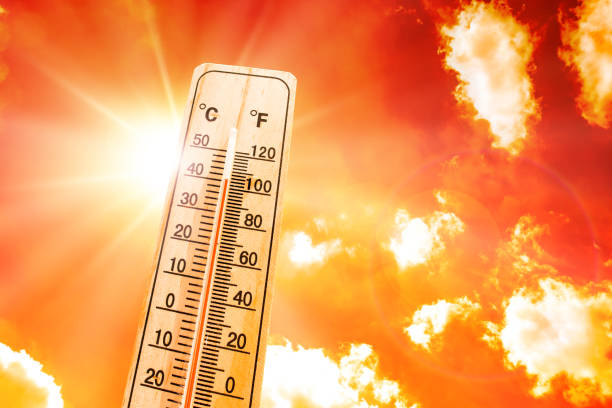CSE briefing on heat waves in India – 3
Heat waves exert enormous impacts on health, agriculture and availability of water – all often related to each other in complex ways. Even though the number of deaths due to heat waves in India has decreased over the years, research shows that the general physical and mental wellbeing of people does get affected by extreme temperatures.
On the other hand, agricultural yields get impacted as well. For instance, the wheat crop in the current rabi season in Punjab, Haryana and Uttar Pradesh has been impacted by heat waves. Many farmers have reported losses between 20 and 60 per cent in these states.
This happened because the heat waves were early this year and the temperatures affected the wheat plants during their growth stage, leading to shriveled grains which fetch lower prices in the market, resulting in losses. To reduce agricultural losses due to heat waves, heat-tolerant varieties of wheat need to be developed.
Similarly, heat-resistant varieties of other rabi crops also need to be developed. Apart from direct heat, agricultural yields may also get impacted by droughts or drought-like conditions that are often associated with heat waves. This mainly occurs because of non-availability of water for irrigation during drought conditions.
The unlikely impact of the current heat waves would occur in the Himalayan regions of Himachal Pradesh, Jammu and Uttarakhand that are not used to heat waves and not well adapted to the extreme temperatures. One major impact in these regions would be on the accelerated melting of glaciers due to extreme temperatures which are the main source of water for the people living there.
What is ‘wet-bulb’ and why does it matter?
The world is not only getting hotter but also wetter or more humid. We usually consider the dry-bulb temperature – the ambient air temperature — to describe how hot or cold a place is. Scientists, however, have been stressing upon considering humidity and other factors to assess how weather conditions will affect human health and activities. Wet-bulb temperature is a measure of humidity in the air. Factoring in humidity along with the heat, called the heat index, helps us determine what the temperature actually ‘feels like’.
Humidity combined with heat is deadlier for human health and wellbeing. Humans with their sweat-based cooling system, have been well-designed to beat the heat. But there is a limit to the level of heat and humidity we can cope with. A wet-bulb temperature of 35°C is considered the maximum limit of humidity that humans can handle. Beyond this, the body can no longer effectively cool itself via perspiration.
In the latest report by the IPCC, focused on the impacts of climate change, “deadly heat waves projected in some of the 14 densely populated agricultural regions of South Asia (such as the Ganges and Indus river basins)”. These regions are likely to exceed the critical threshold of wet-bulb temperature of 35°C under the business-as-usual scenario, if greenhouse gas emissions are not reduced.



